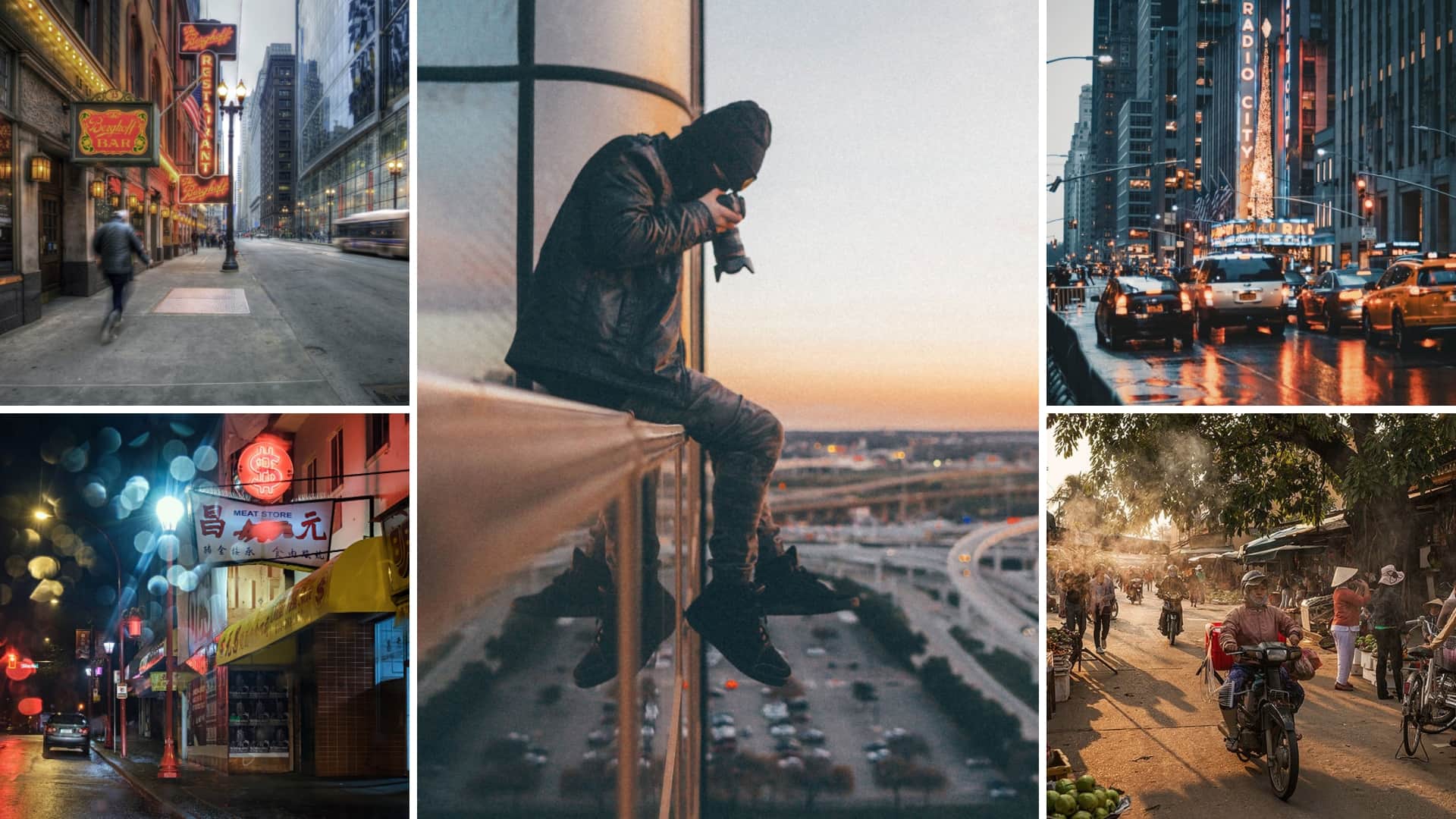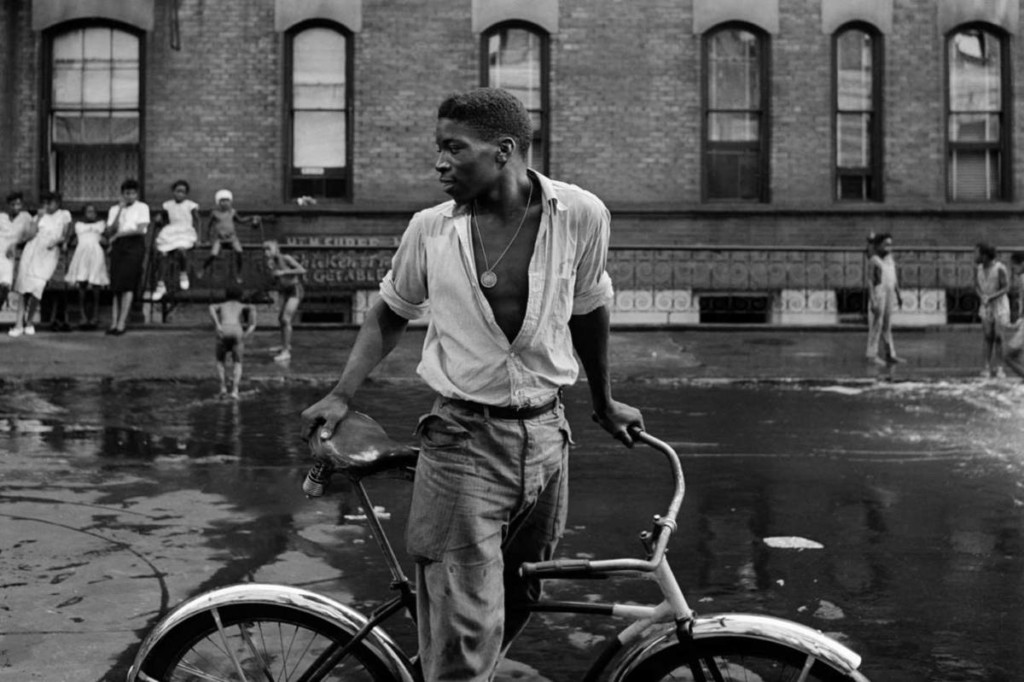Unknown Facts About Framing Streets
Unknown Facts About Framing Streets
Blog Article
The Best Strategy To Use For Framing Streets
Table of ContentsGetting My Framing Streets To WorkThe 25-Second Trick For Framing Streets9 Easy Facts About Framing Streets ExplainedFraming Streets Can Be Fun For AnyoneThe Of Framing StreetsFacts About Framing Streets Revealed
, normally with the objective of catching photos at a decisive or poignant moment by careful framework and timing. https://ameblo.jp/framingstreets1/entry-12836078313.html.
, who was influenced to embark on a comparable documents of New York City. As the city created, Atget helped to advertise Parisian streets as a deserving subject for digital photography.

Get This Report on Framing Streets
Martin is the very first tape-recorded digital photographer to do so in London with a masked camera. Mass-Observation was a social research organisation established in 1937 which aimed to tape-record daily life in Britain and to tape the responses of the 'man-in-the-street' to King Edward VIII's abdication in 1936 to marry separation Wallis Simpson, and the succession of George VI. The chief Mass-Observationists were anthropologist Tom Harrisson in Bolton and poet Charles Madge in London, and their initial record was created as guide "May the Twelfth: Mass-Observation Day-Surveys 1937 by over 2 hundred viewers" [] Home window cleaner at Kottbusser Tor, Berlin, by Elsa Thiemann c. 1946 The post-war French Humanist College digital photographers discovered their subjects on the street or in the bistro. Andre Kertesz.'s commonly appreciated Images la Sauvette (1952) (the English-language edition was labelled The Definitive Moment) promoted the concept of taking a picture at what he described the "crucial moment"; "when form and content, vision and structure merged right into a transcendent whole" - Street photography hashtags.
Little Known Facts About Framing Streets.
The recording machine was 'a surprise video camera', a 35 mm Contax concealed under his coat, that you can try this out was 'strapped to the chest and attached to a lengthy cable strung down the ideal sleeve'. Nonetheless, his job had little contemporary effect as as a result of Evans' level of sensitivities regarding the creativity of his job and the privacy of his topics, it was not released until 1966, in guide Many Are Called, with an introduction written by James Agee in 1940.
Helen Levitt, after that an educator of young youngsters, related to Evans in 193839. She recorded the transitory chalk illustrations - photography presets that were component of kids's street culture in New york city at the time, as well as the youngsters that made them. In July 1939, Mo, MA's new photography area included Levitt's job in its inaugural exhibitRobert Frank's 1958 book,, was considerable; raw and usually out of emphasis, Frank's images examined traditional digital photography of the moment, "challenged all the official policies laid down by Henri Cartier-Bresson and Pedestrian Evans" and "flew in the face of the wholesome pictorialism and wholehearted photojournalism of American publications like LIFE and Time".
Report this page